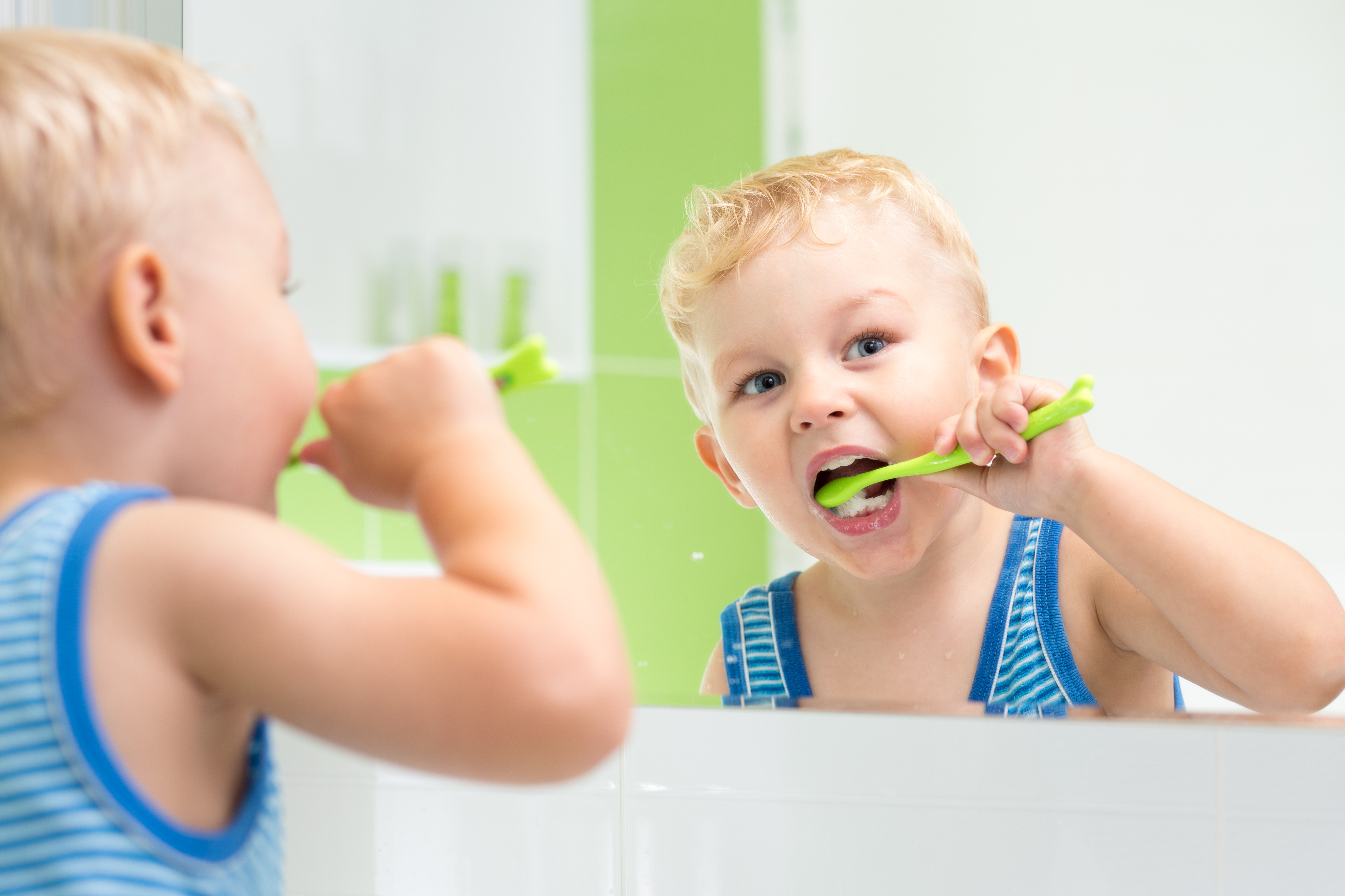
The
Australian Dental Association recommends brushing two times per day, for 2
minutes each time.
Plaque,
which is a sticky layer of bacteria that forms on your teeth every day, can be
effectively removed through regular brushing. By eliminating plaque and
bacteria, you contribute to the overall health of your teeth and gums, reducing
the risk of gum disease and tooth decay.
Cleaning
your tongue is also important as bacteria tend to accumulate on its surface. To
properly care for your teeth, it's essential to have the right tools, including
a toothbrush with soft bristles and fluoride toothpaste.
When
using toothpaste, opt for one that contains fluoride to help protect against
tooth decay. For older children and adults, squeeze a "pea-sized"
amount of toothpaste onto the toothbrush. For infants and young children, apply
only a smear of toothpaste on the bristles.
Remember
to brush your teeth twice a day, ideally in the morning and before bed at
night, dedicating two minutes each time. Brushing your teeth before bedtime
should be the final step in your routine, without consuming any food or drink
afterwards.
To
effectively brush your teeth, divide your mouth into four quadrants and spend
approximately 30 seconds on each. Research has shown that brushing for only one
minute removes, on average, 27% of dental plaque, while two minutes of brushing
removes around 42%
Avoid applying too much pressure while brushing, as it can potentially damage your teeth and lead to faster wear of the bristles. Worn or spread-apart bristles may hinder effective teeth cleaning. Some electric toothbrushes feature a built-in pressure sensor that alerts you when you're exerting excessive pressure.

Here's a step-by-step guide on how to brush using a manual toothbrush:
Click the link to watch the latest video of brushing technique by the Australian Dental Association https://youtu.be/36gA2jMAnnw

To keep track of the two-minute brushing period, you can use a sand timer, phone timer, play a song, or utilize a toothbrushing phone app. Some powered toothbrushes come with built-in timers to help you stay on track.
When deciding between an electric or manual toothbrush, scientific studies have shown that electric toothbrushes offer benefits over manual ones. Electric toothbrushes have been found to be more effective in removing plaque and reducing gum inflammation, both in the short and long term. However, a manual toothbrush can still work well if used correctly and reaches all tooth surfaces.
When
it comes to brushing children's teeth, follow these guidelines:
Toothpaste
Toothpaste is an important part of toothbrushing. Toothpaste has ingredients that can help to protect our teeth.
Now, let's discuss toothpaste usage according to different age groups:
0
to 18 months of age:
Children in this age range do not need to use toothpaste while brushing.
18
months to 6 years:
Use a "children's" toothpaste that contains fluoride. These toothpastes have lower fluoride content compared to adult toothpastes and are available in various flavors, such as strawberry. Apply only a smear of toothpaste to the toothbrush. Pressing the paste into the bristles helps it adhere. After brushing, your child should spit out excess toothpaste without rinsing their mouth with water.
6
years and older:
Use a toothpaste containing fluoride. The fluoride content can range from 1000 parts per million (ppm) to 1450ppm. Individuals with severe tooth decay may be advised by a dentist to use toothpaste with a higher fluoride concentration.
Remember,
maintaining proper oral hygiene, including regular brushing, is crucial for
maintaining healthy teeth and gums at any age.